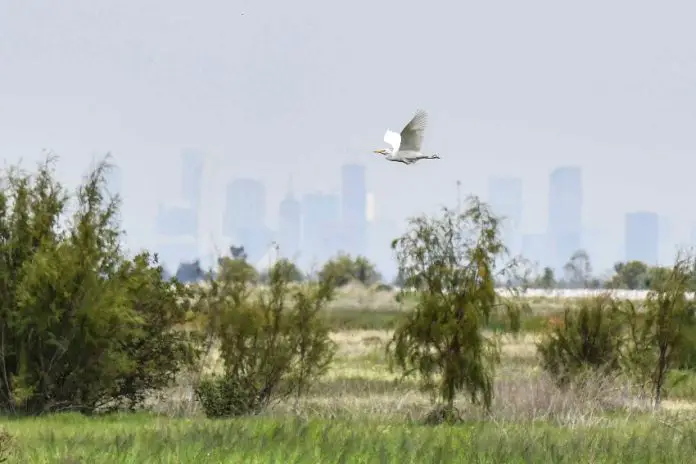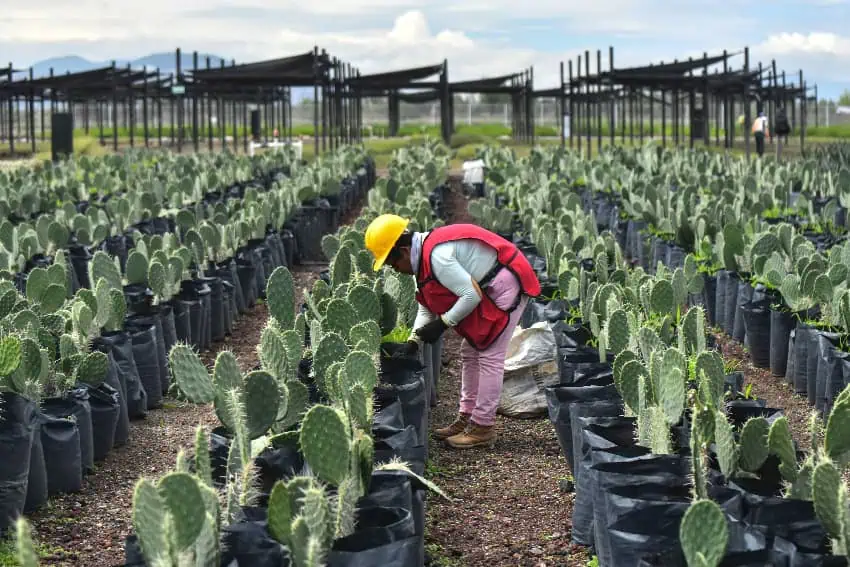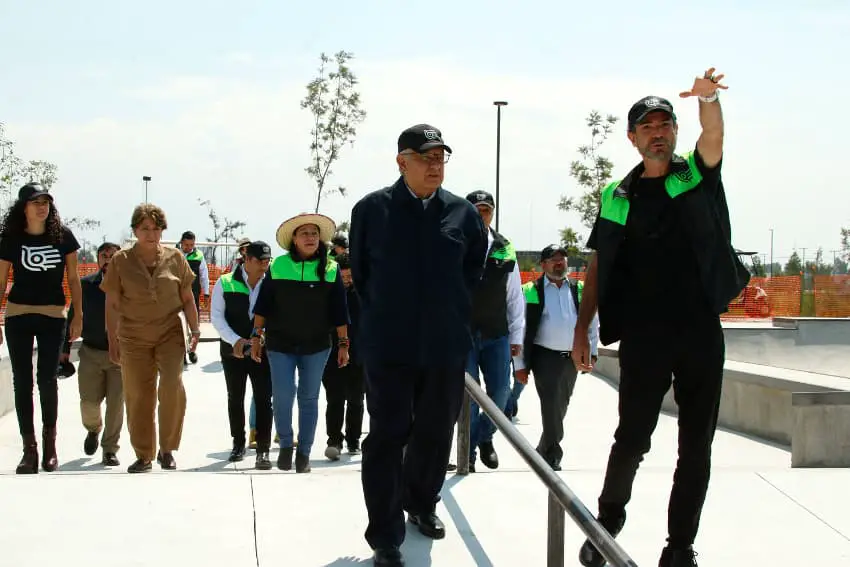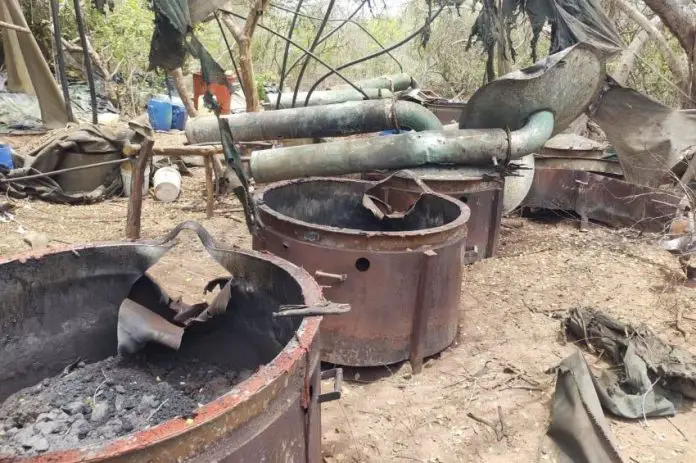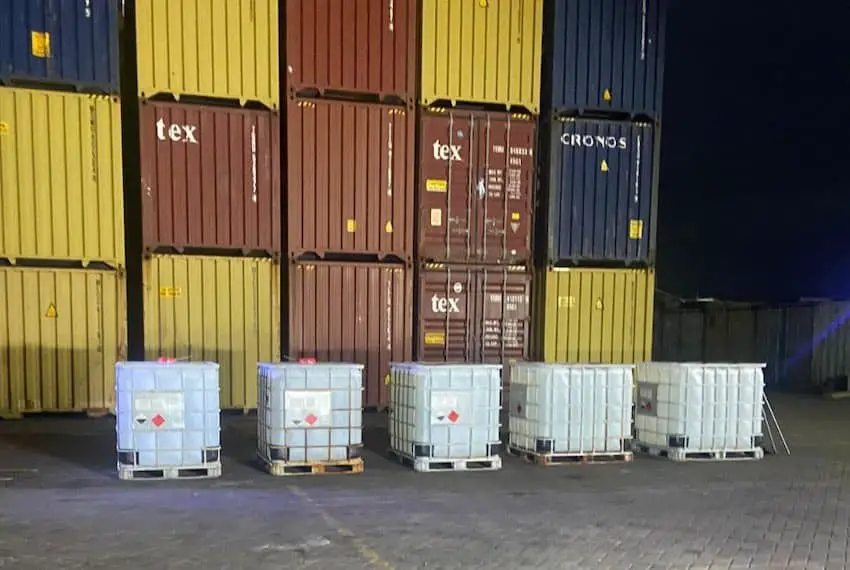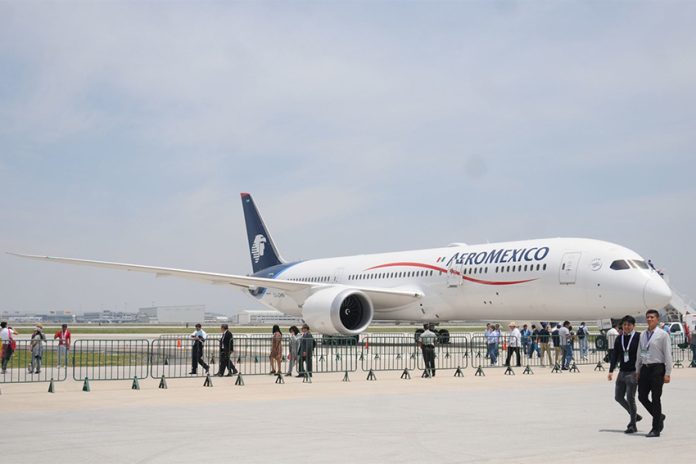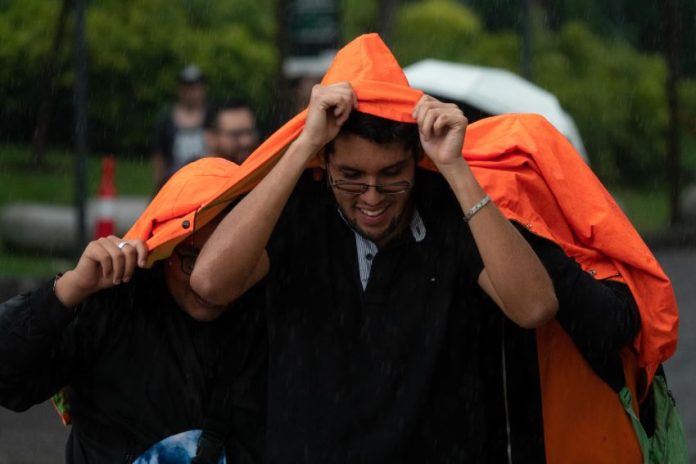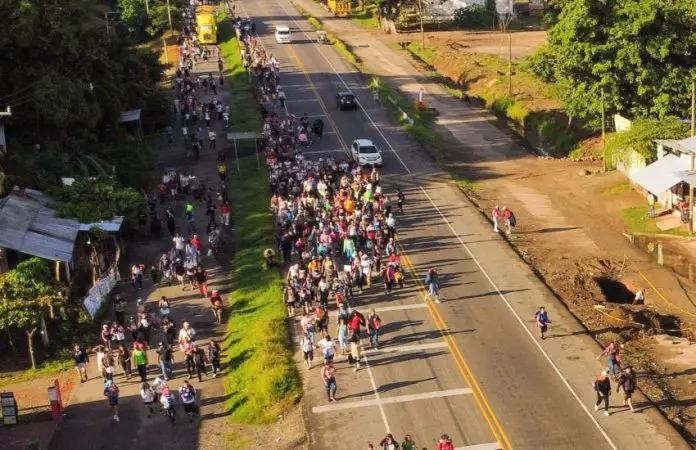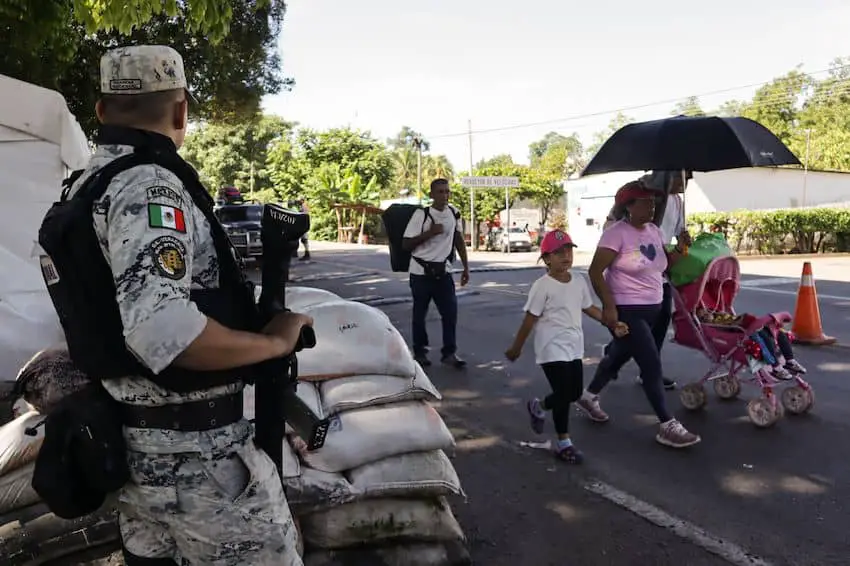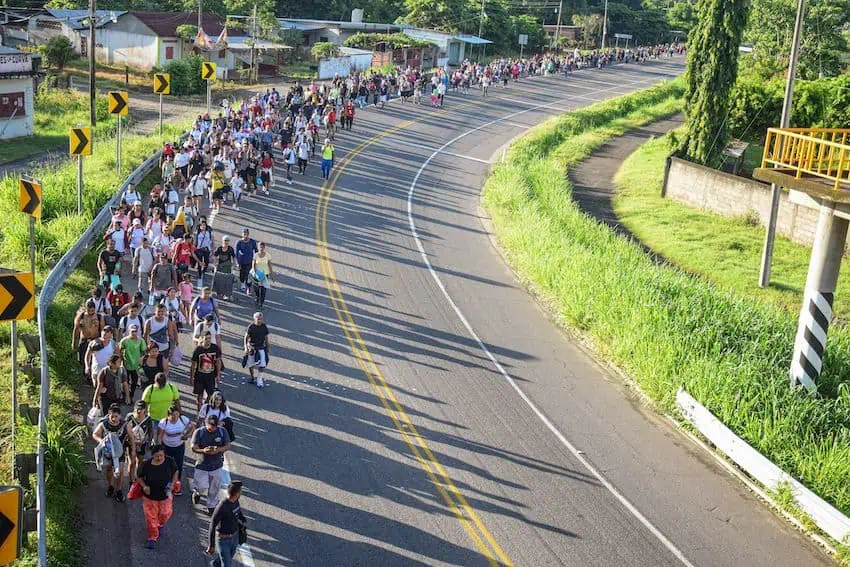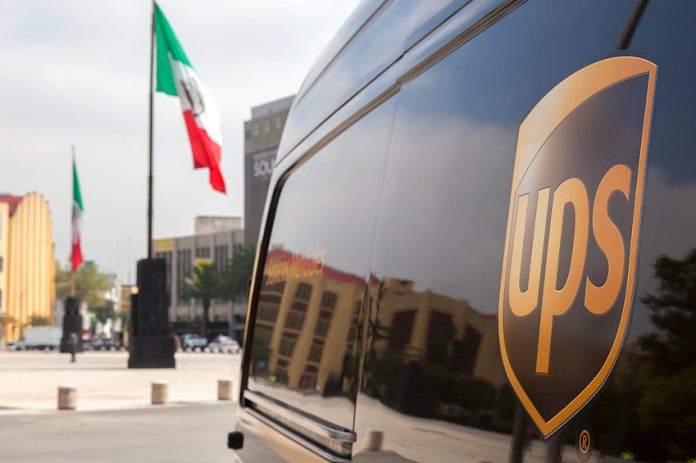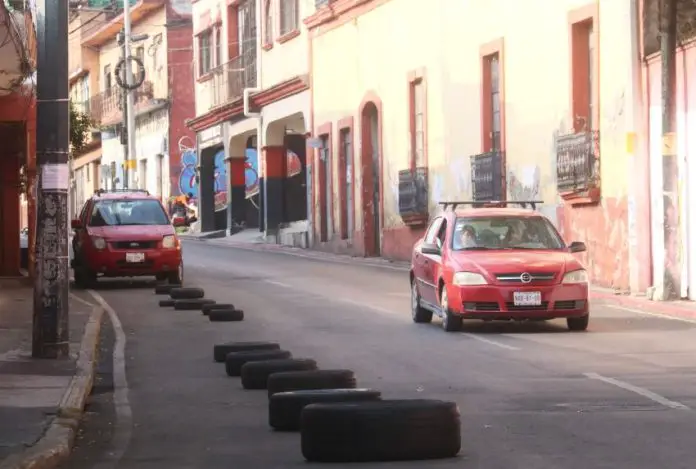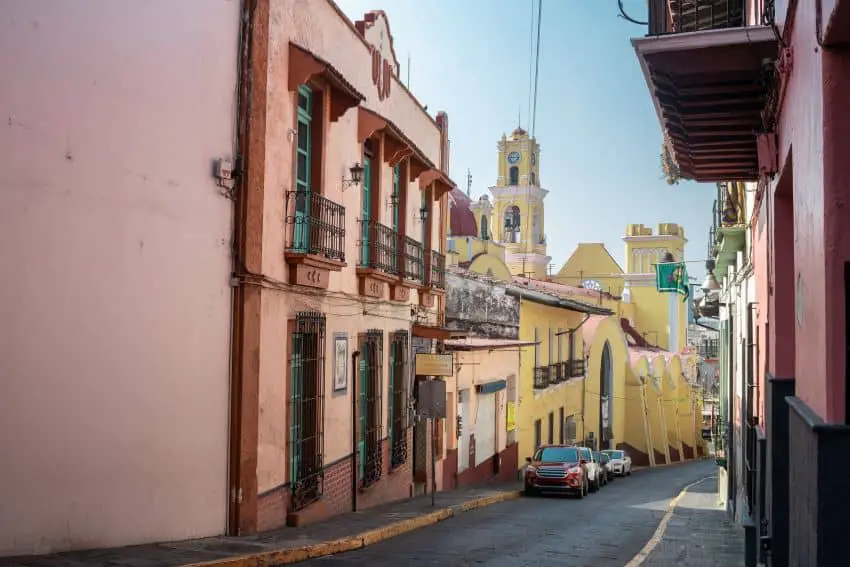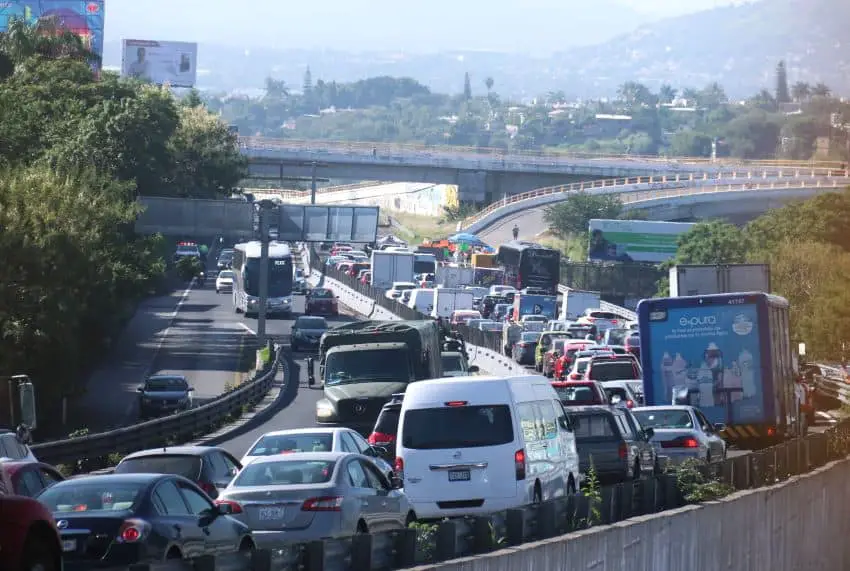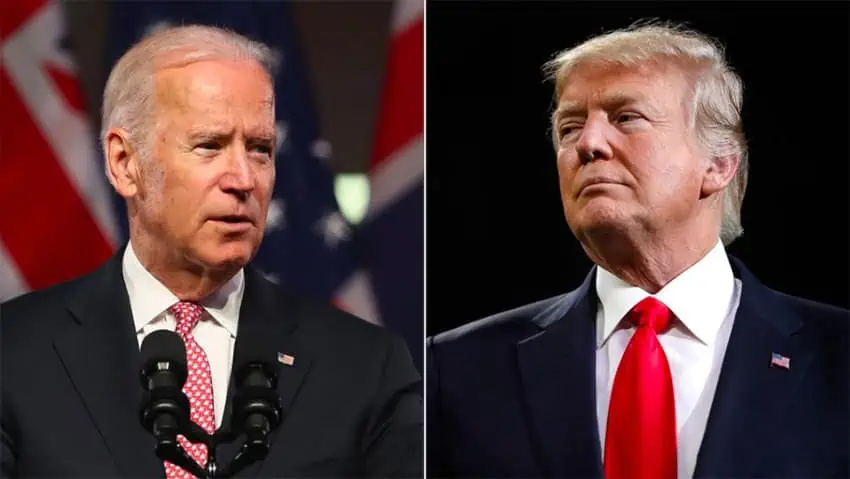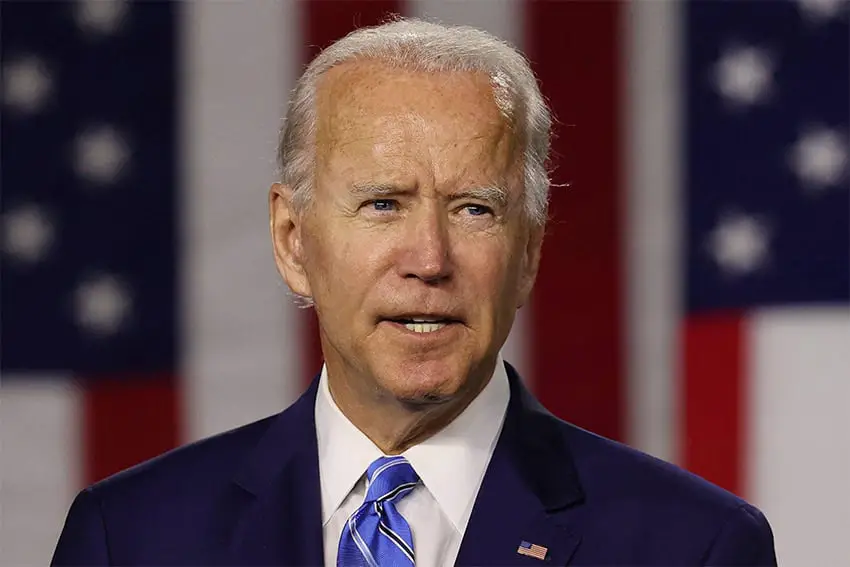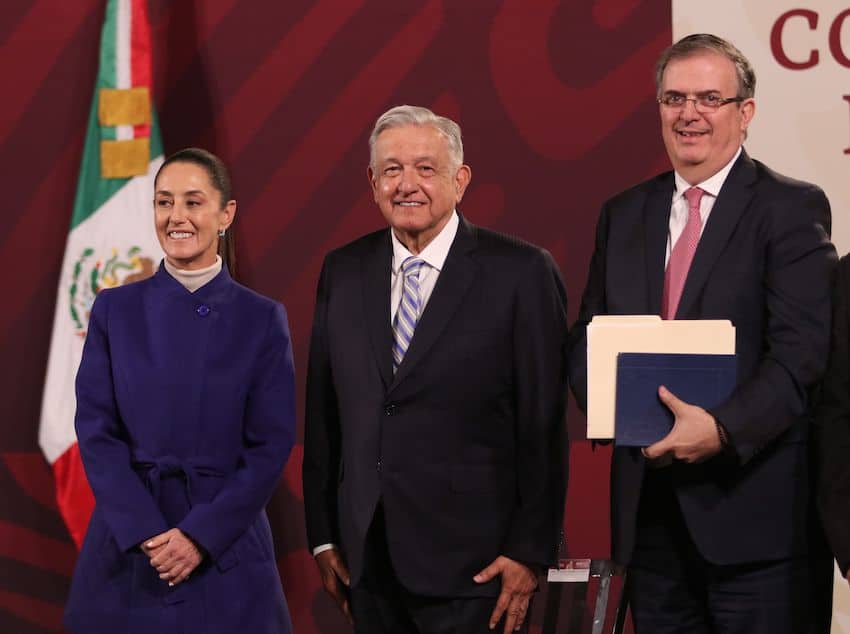In yet another effort to improve Mexico’s men’s national soccer team prospects in the 2026 World Cup — which will be held on Mexican soil — the Mexican Football Federation (FMF) has brought back coach Javier Aguirre for his third stint leading the team affectionately known to fans as “El Tri.”
The FMF also named former Mexican national team star player, Rafa Márquez, as Aguirre’s assistant coach.

Aguirre, 65, a Mexico City native, has coached nine professional teams in Mexico, Spain and United Arab Emirates over the past two decades. He’s also coached Japan and Egypt’s national teams and led Mexico to the knockout rounds of the 2002 and 2010 World Cups.
“El Vasco,” as he’s often referred to due to his parents’ origins in Spain’s Basque country — will have some solid help in bringing the Mexican team back to rights: newly hired assistant coach Rafa Márquez, 45, is considered one of the nation’s best players ever.
Márquez’s 147 appearances for the men’s national team ranks fourth all-time in Mexico. He was also the first Mexican ever to suit up for world-renowned FC Barcelona, where his seven-year stint included four La Liga titles, two Champions League titles and other honors. The Zamora, Michoacán, native has also played in five World Cups for Mexico.
FMF disclosed that it plans to keep Aguirre as head coach through the 2026 World Cup — which will be played in the U.S., Mexico and Canada — while grooming Márquez to take over in the years afterward, including the 2030 World Cup.
The changes to El Tri’s profile come after the July 16 firing of Jaime “Jimmy” Lozano, who had spurned an FMF offer to stay on as an assistant for two years and potentially take over again after 2026.
Lozano, who lasted just over a year at the helm, was sacked two weeks after Mexico failed to make it out of the group stage of the Copa América tournament earlier this month. The men’s national team won only 10 out of 21 games under his charge, although he did take the team to victory in the 2023 Concacaf Gold Cup.

Despite that high point, Lozano ended up being just the latest in a string of what have been seen as coaching misses for Mexico’s team: the man Lozano replaced, Argentine Diego Cocca, lasted only seven games over four months, bringing the men’s national team only three wins. And the man before that, Gerardo “Tata” Martino, another Argentine, was fired after Mexico was eliminated in the group stage of the 2022 World Cup.
The team has had a total of nine coaching changes over the past 10 years.
Mexico’s men’s national team has never won a World Cup — it’s only ever made it to the quarterfinals — but before 2022, it had at least advanced to the knockout round in seven straight World Cups (including the two times under Aguirre).
The recent coaching disasters — including a gut-grinding record of five losses and two ties in its last seven games against the United States — have put Mexican fans on edge.
FMF said it chose Aguirre for his national and international experience, his knowledge of Mexican soccer and how its players tick, his familiarity with high-stress situations and his leadership abilities.
Aguirre’s most recent coaching stint was two years with Spanish first-division team RCD Mallorca, but in May, the club announced he would not be returning. Aguirre was also a player from 1979 to 1993, playing for professional teams in Mexico and in Spain and also the defunct U.S. professional team, the Los Angeles Aztecs.

Márquez, who played professionally from 1996 to 2018, returns to Mexico after having coached FC Barcelona’s reserve team for two years. He was 39 when he played in his last World Cup for Mexico in 2018 — in Russia, where the men’s team got an early ego boost in the first round with a surprise defeat of Germany’s powerhouse national team.
El Tri was ultimately lost that year to Brazil, however, before reaching the quarterfinals.
FMF officials said they chose Márquez for his skills in developing young players and for his overall knowledge of the game.
“I haven’t been this excited for a coaching staff for the Mexican national team in a long time,” said Mauricio Pedroza, an analyst with ESPN.
“This is as good as it gets,” he said on “Futbol Americas,” an ESPN English-language show. “This is the best manager in the history of Mexico, and alongside him, the second-best player in the history of Mexico.”
Should Rafa Marquez trust FMF to follow through and give him the head coaching job in WC 2030 or is he making a mistake he will regret? #FutbolAmericas 🇲🇽 pic.twitter.com/FihDT3BmP6
— herculez gomez (@herculezg) July 23, 2024
ESPN commentator Mauricio said on the ESPN soccer show “Futbol Americas” that Mexican national team fans should be excited about the new coaching duo of Aguirre and Márquez.
“We can go through the ‘whys’ and ‘hows,’ and it’s not going to look great,” Pedroza added. “But in the end … I feel like all Mexican national team fans should be very excited.”
With reports from El Universal, Proceso, ESPN and Associated Press

